Interview by Takuhito Kawashima
Drawings by Masanao Hirayama
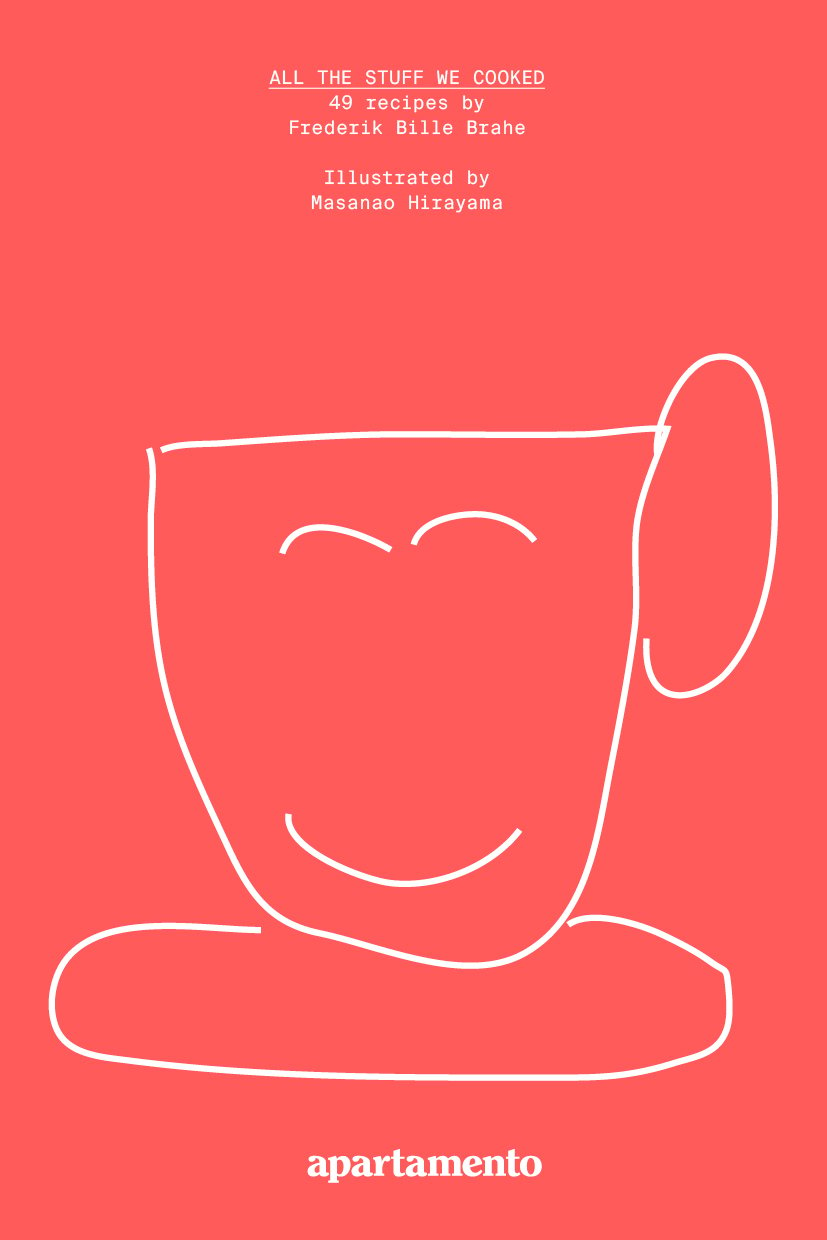
Finding the perfect apartment in Tokyo can be tricky. There are several reasons for this. First, there is the city itself. Take Paris, where Baron Haussmann, alongside Napoleon III, transformed the city in the 19th century and imposed strict aesthetic rules on all buildings: the height, the dimensions of the balconies and windows. With such homogeneous architecture and urbanism, the Parisian landscape embodies the city itself, more than its inhabitants or what the city has to offer. Tokyo, however, has no such thing as a typical Tokyo landscape. Skyscrapers? Neon lights? There may once have been a Tokyo-ness to Blade Runner in 1982, but skyscrapers are now in every city. Tokyo is divided into 24 wards, and the landscape changes dramatically from place to place, street to street. The architecture is extremely varied, all buildings are different, and there is no consistent aesthetic. For better or worse, this is the typical Tokyo mix. This is why it’s so difficult to find a room in Tokyo: there’s no reference point like Haussmann buildings, so you could keep on searching for the perfect apartment forever.
There’s also the unique relationship between the public and private realms in Japan. Still to this day, sentō (public baths) are widely used, and there’s a far greater number than in any other country. Eating out alone every day is socially normal and very affordable. This might show that people in Tokyo don’t confine themselves to a simple small-room apartment—the city becomes an extension of their house, yet it still offers a sense of intimacy. Within this landscape, I met with the artist Masanao Hirayama; his signature line drawings are immediately recognisable, made in an attempt to escape his own consciousness and move closer to the abstract. He makes live, large-scale mural interventions in galleries and restaurants and contributes to zines and books—including a cookbook by the Danish chef Frederik Bille Brahe, All the Stuff We Cooked, published by Apartamento last year. Masanao is planning on moving house—at least that’s what I thought, judging by the emptiness of his place when I visited him. But he told me that he’d actually been living this way for a long time. This may be the Tokyo way of life, and lack of space isn’t the only explanation.

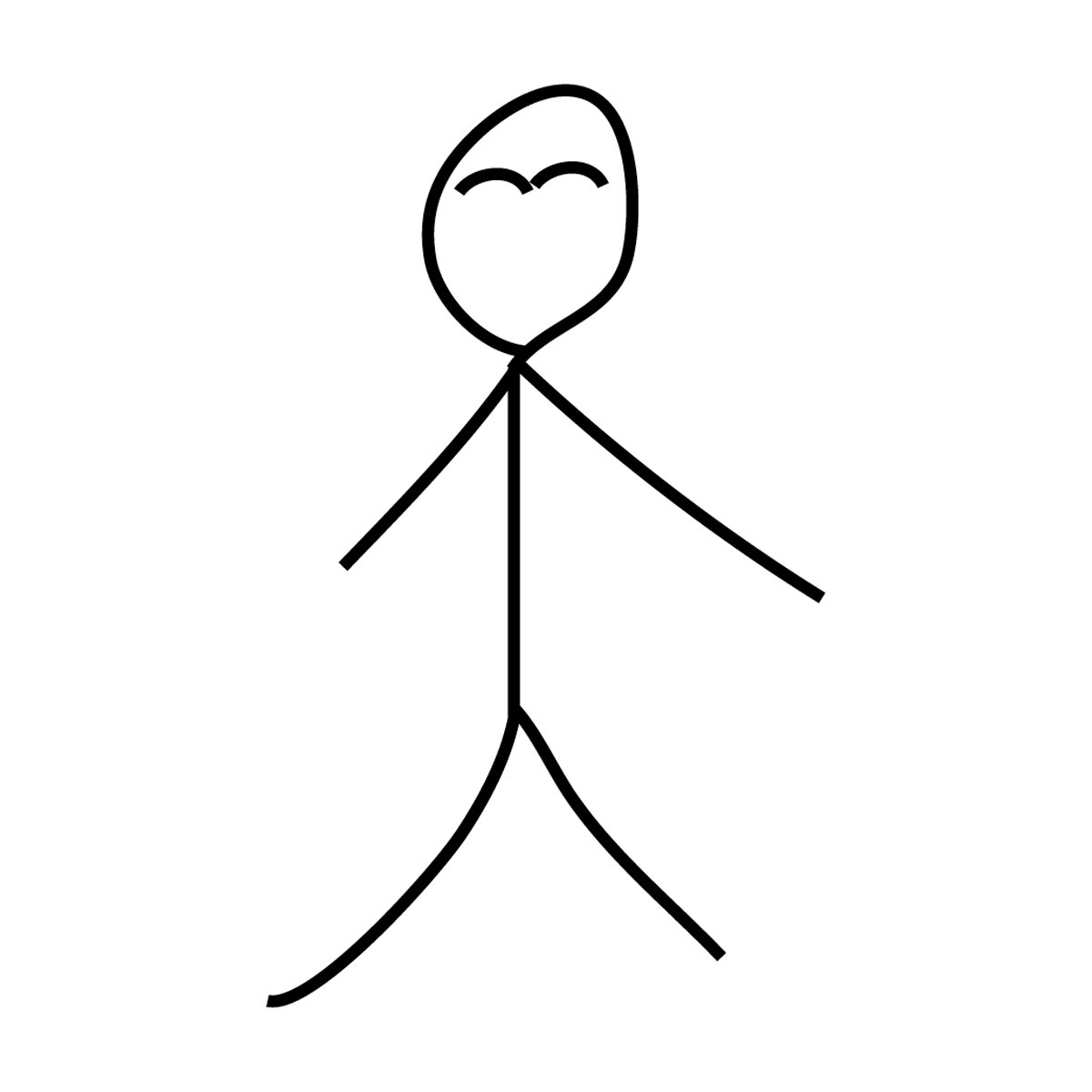
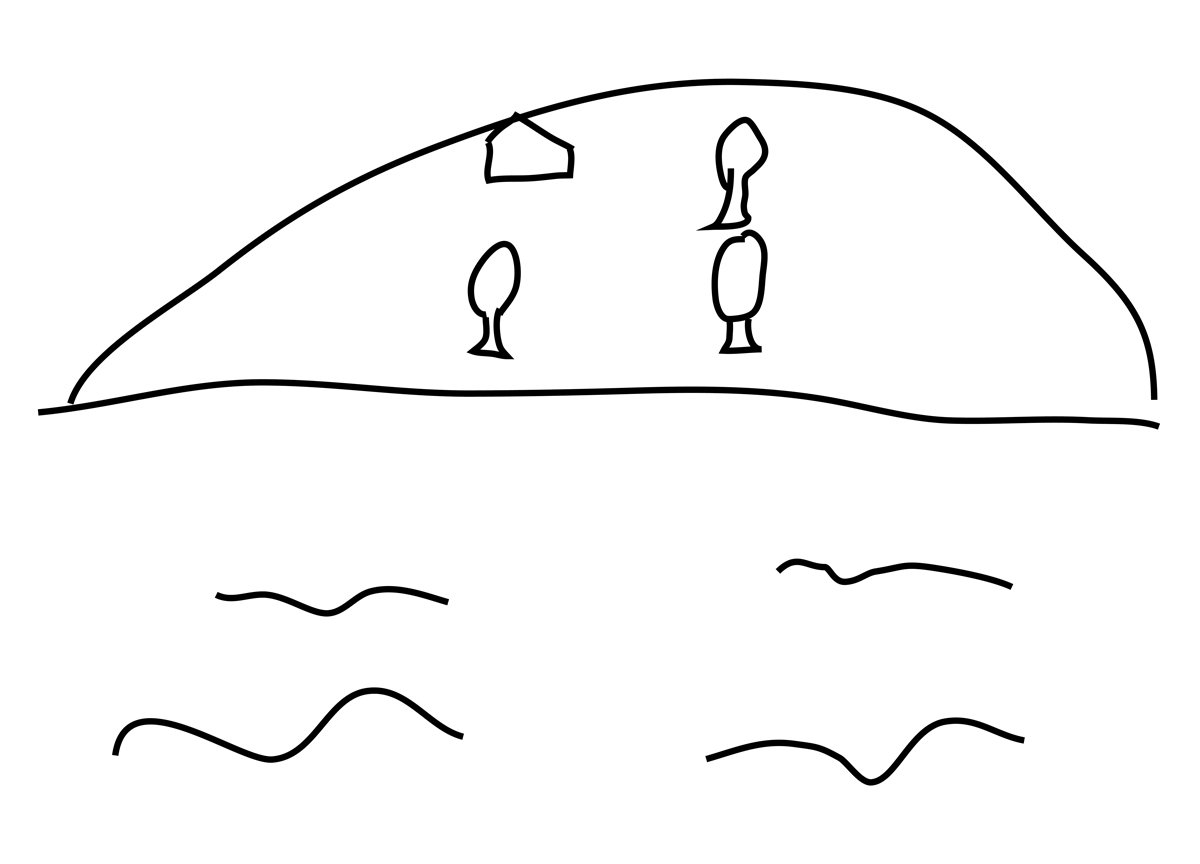
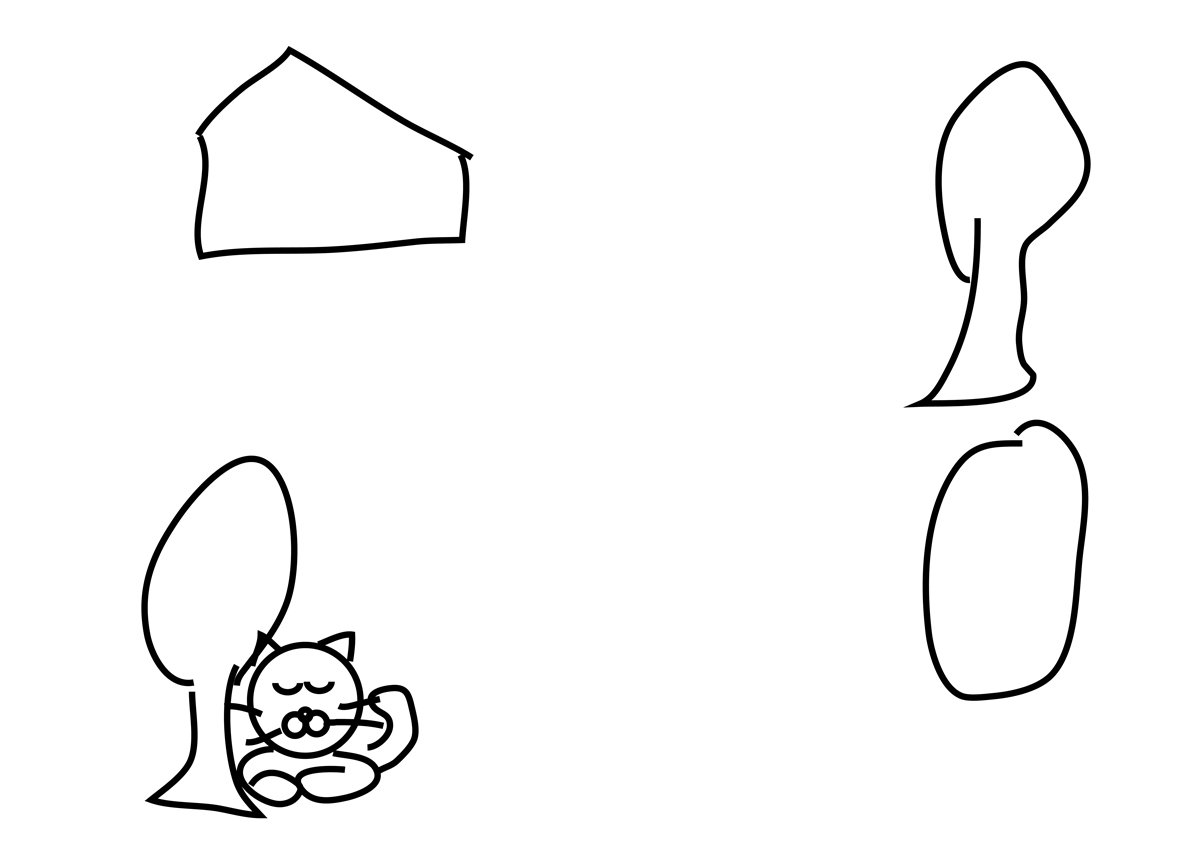
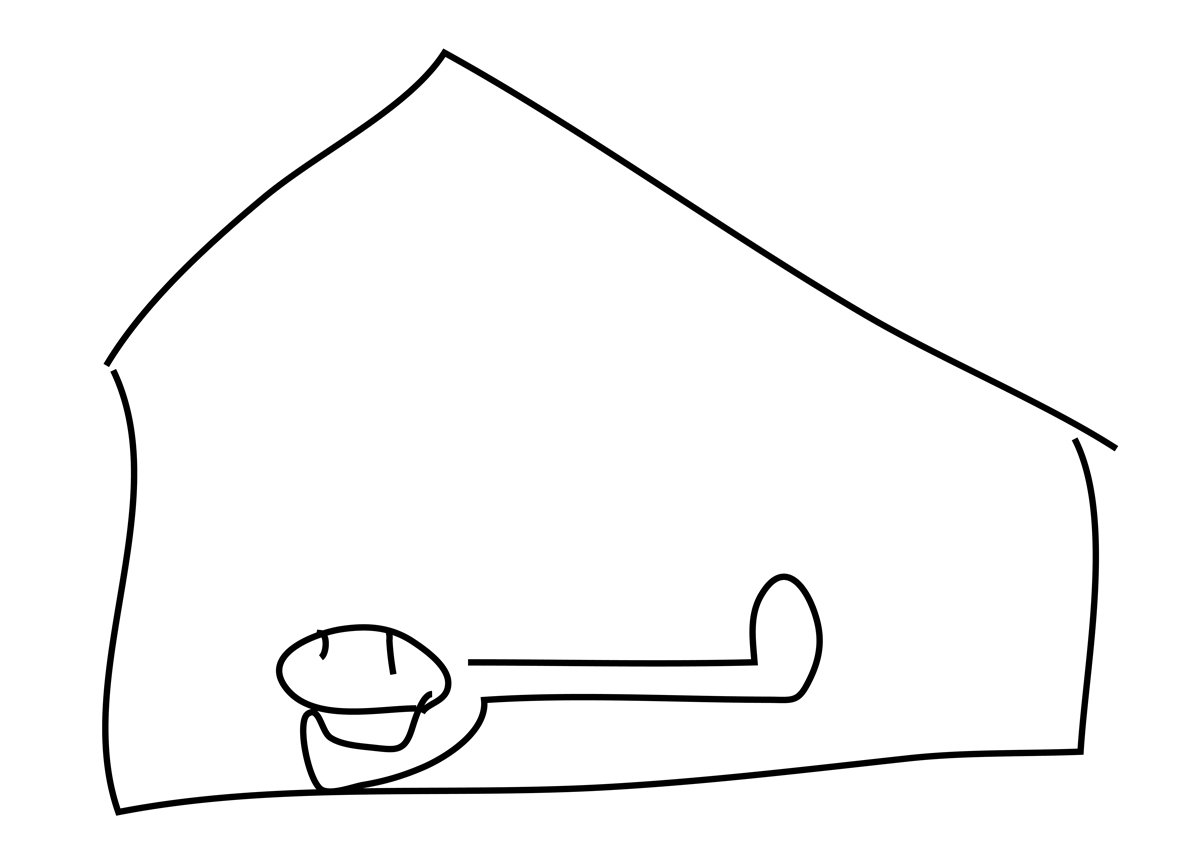
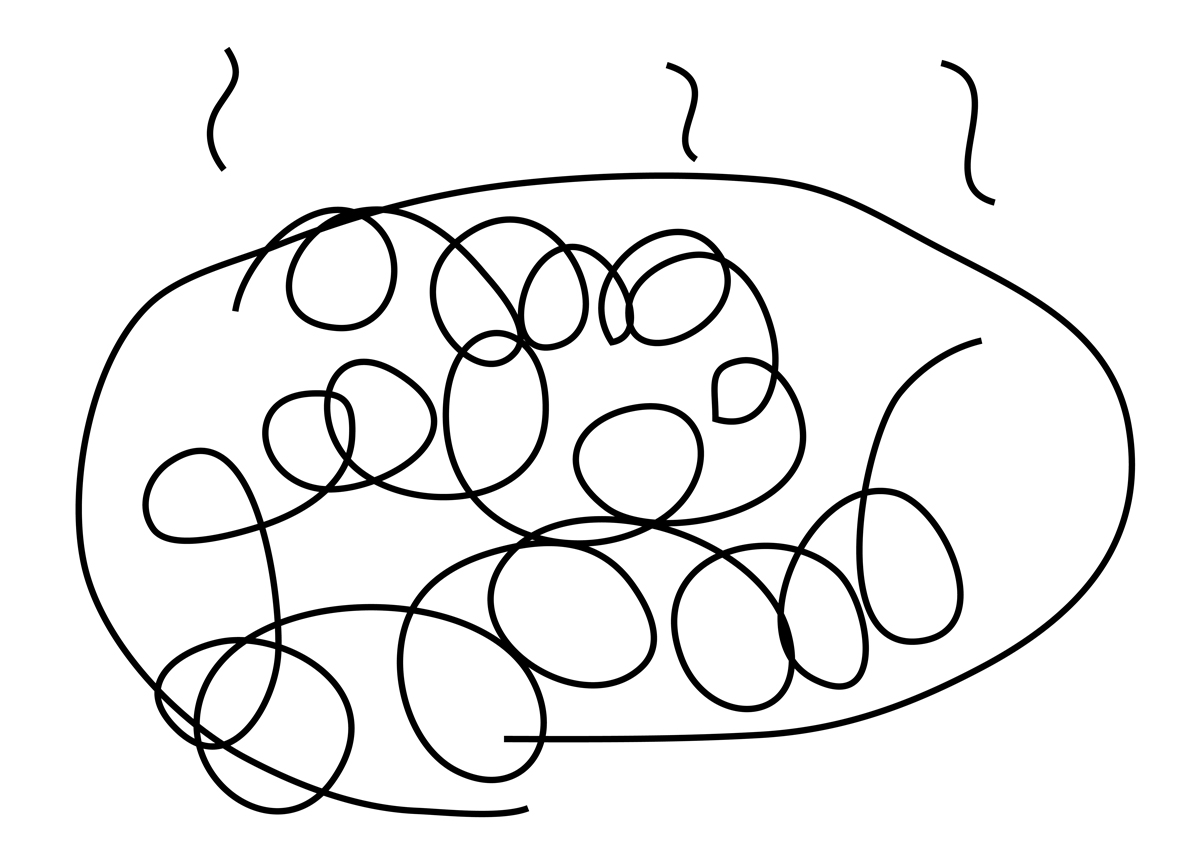
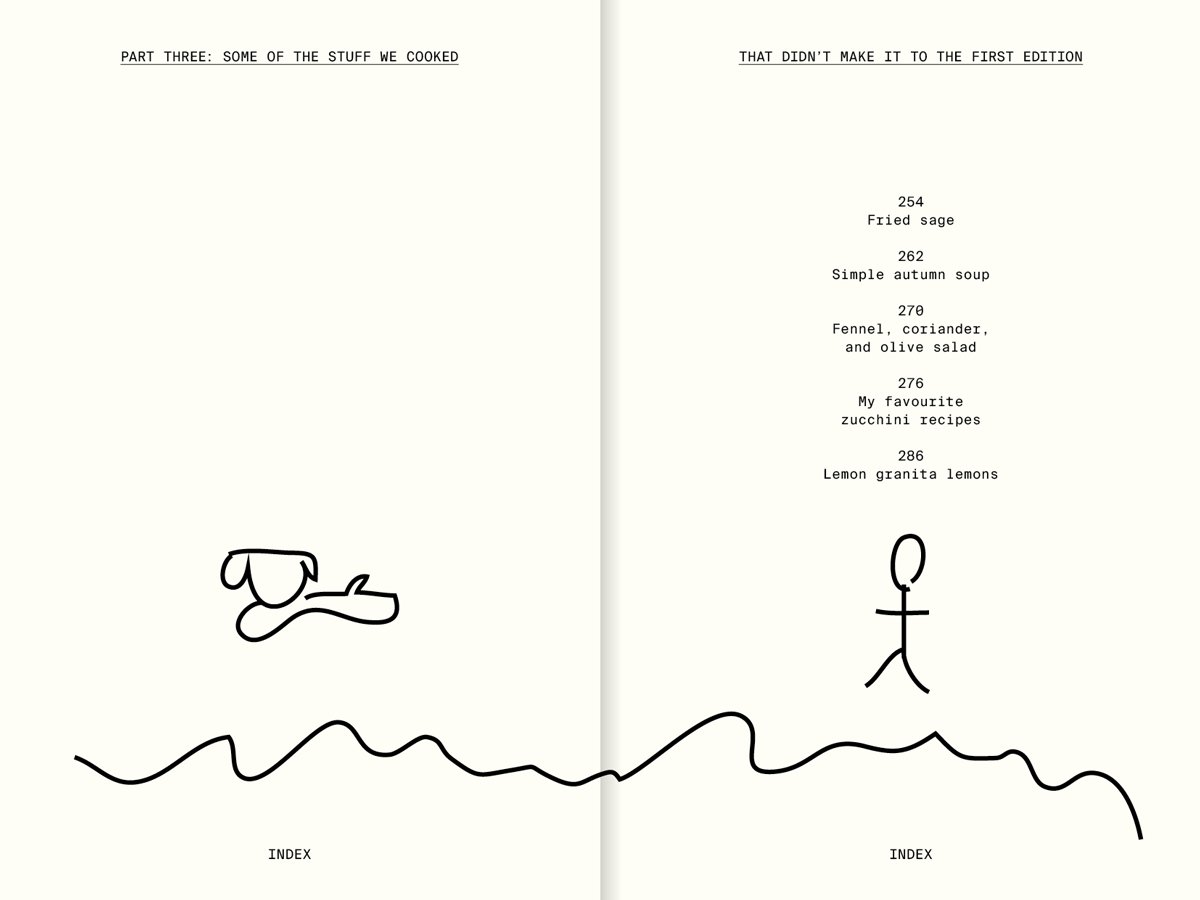
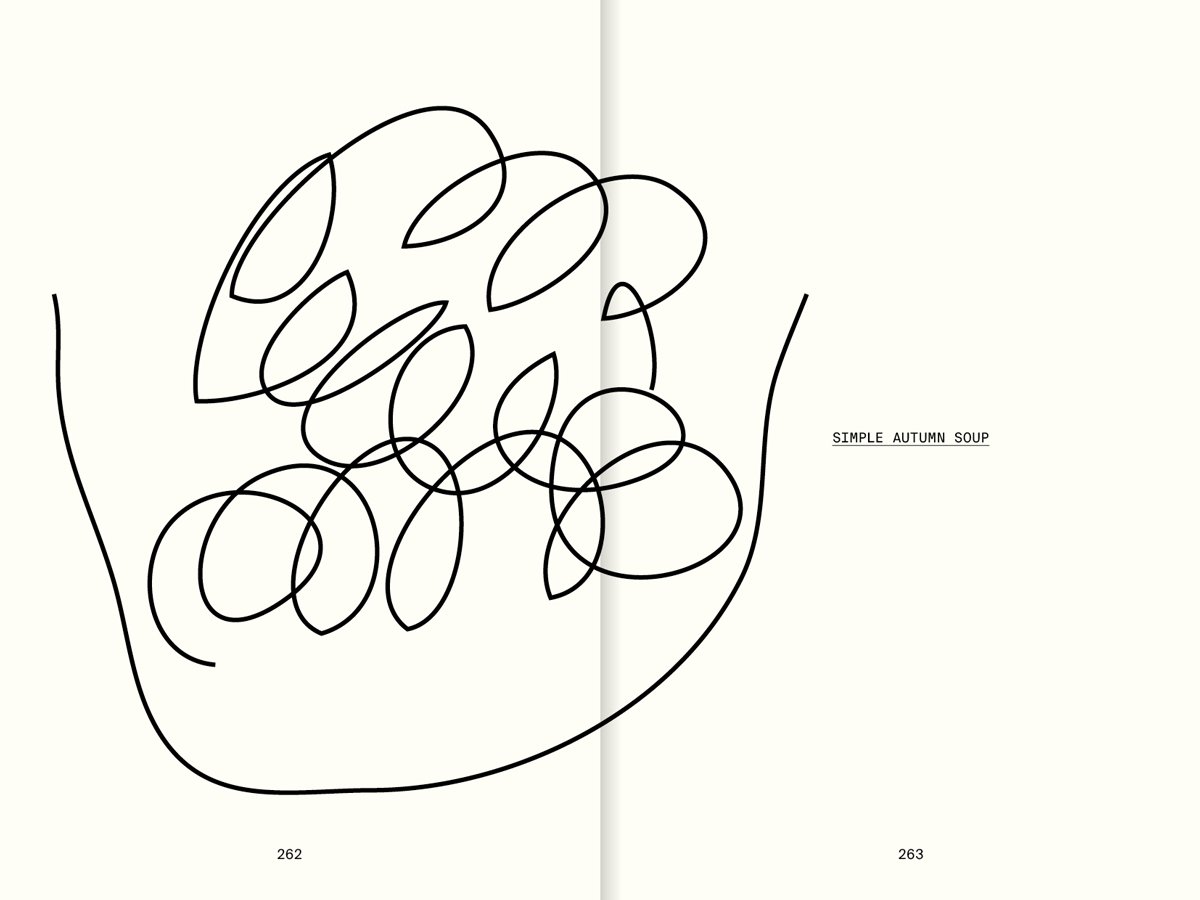
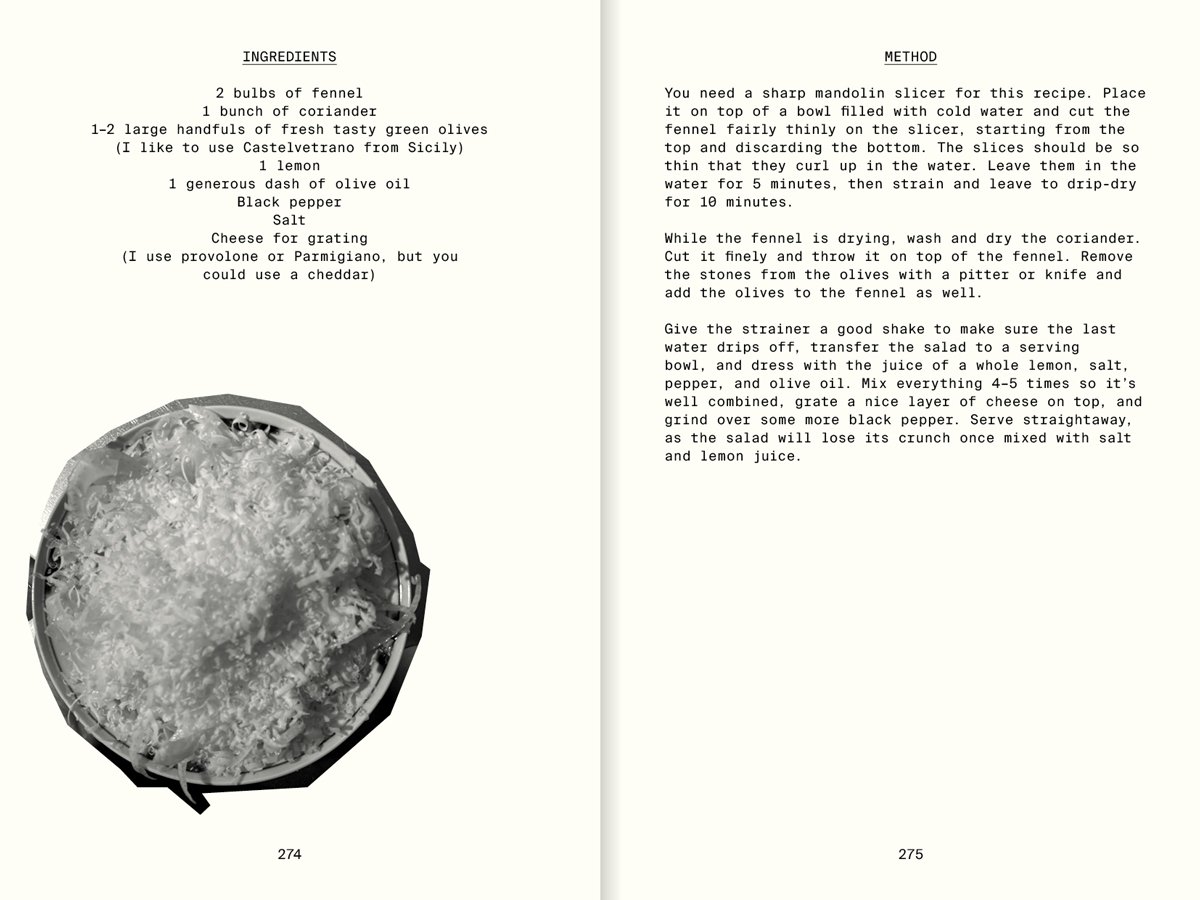
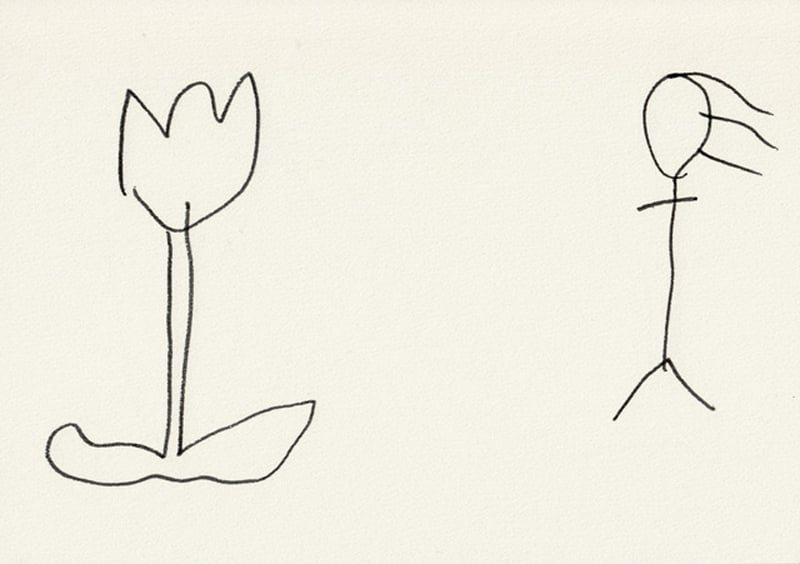
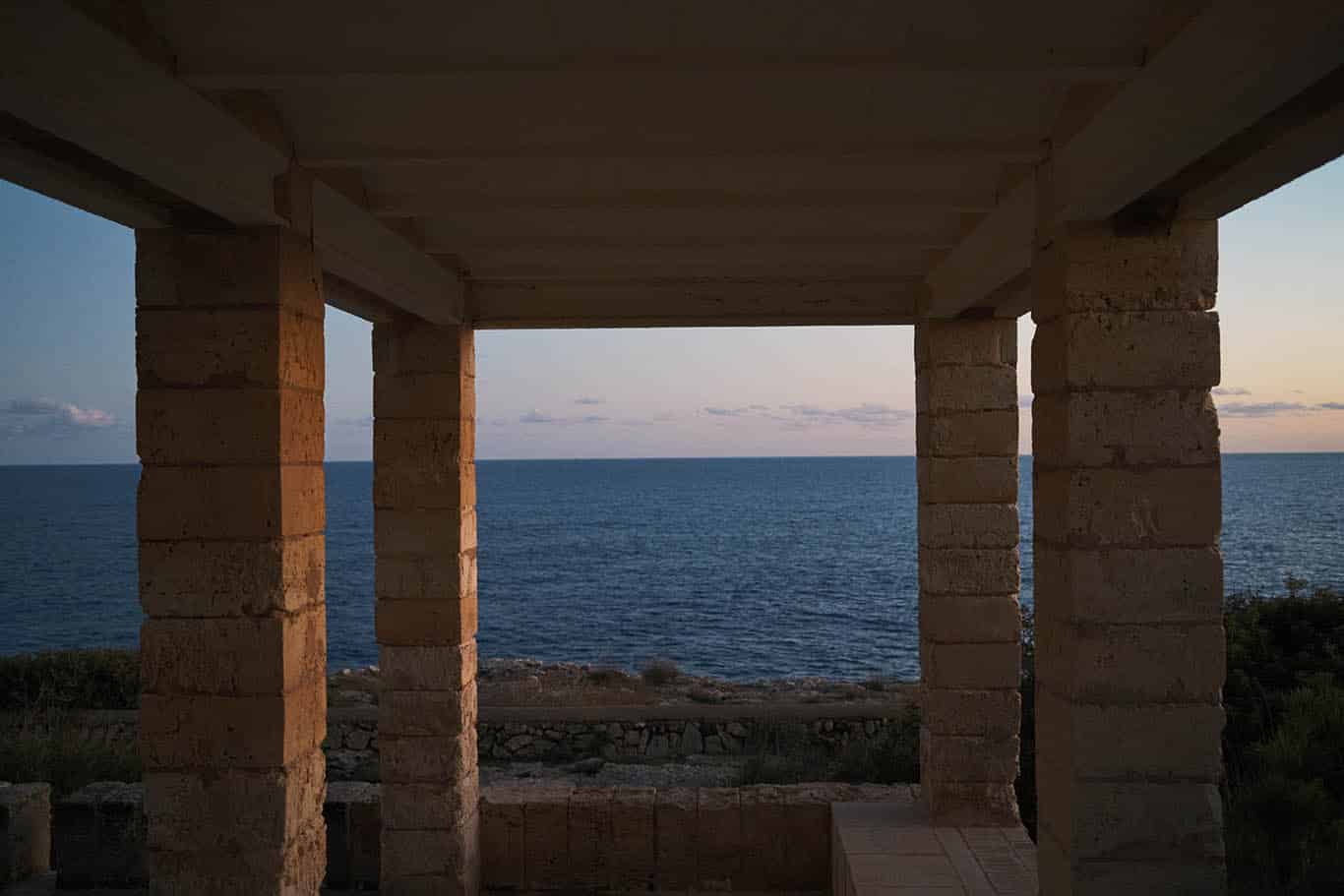
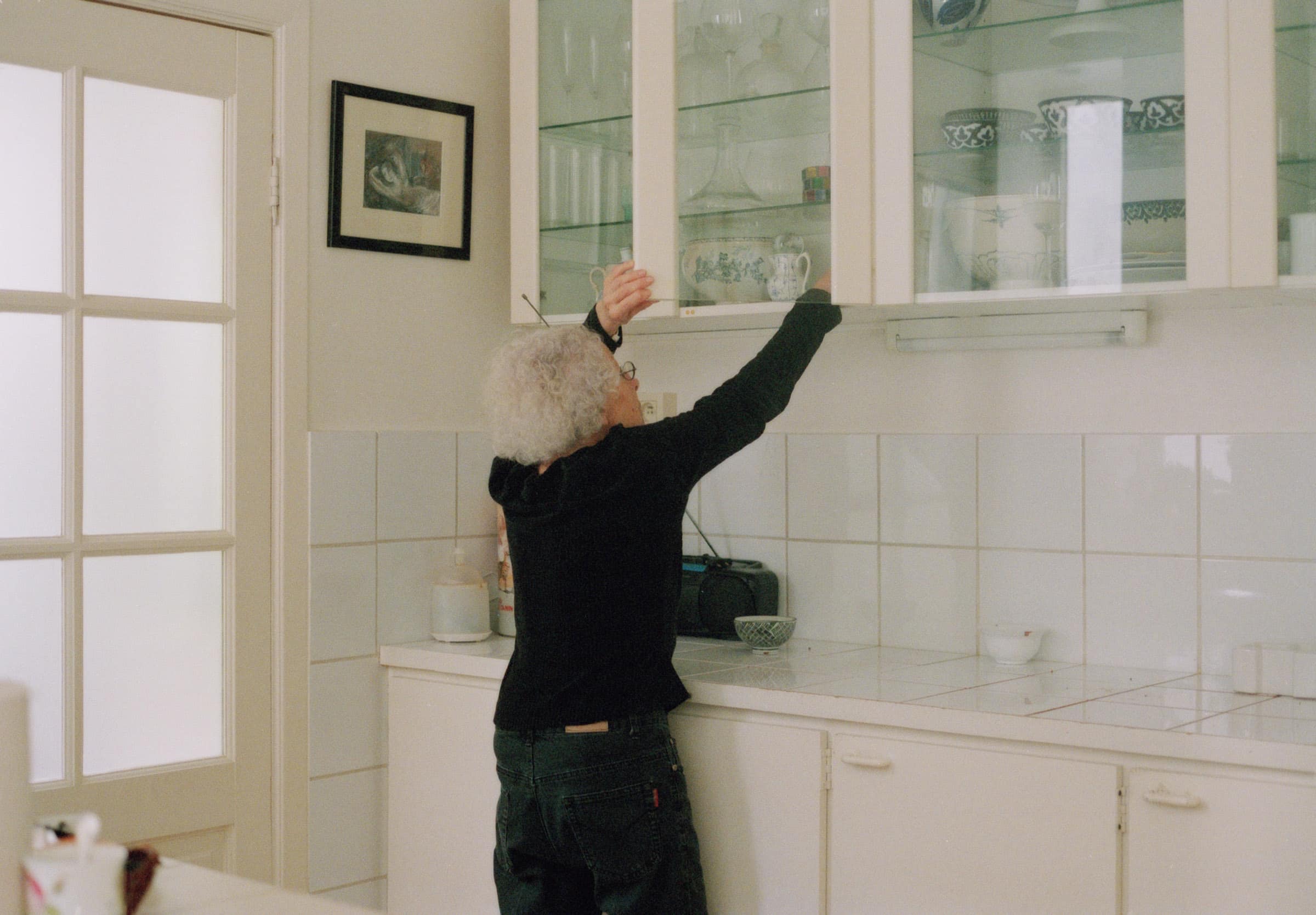
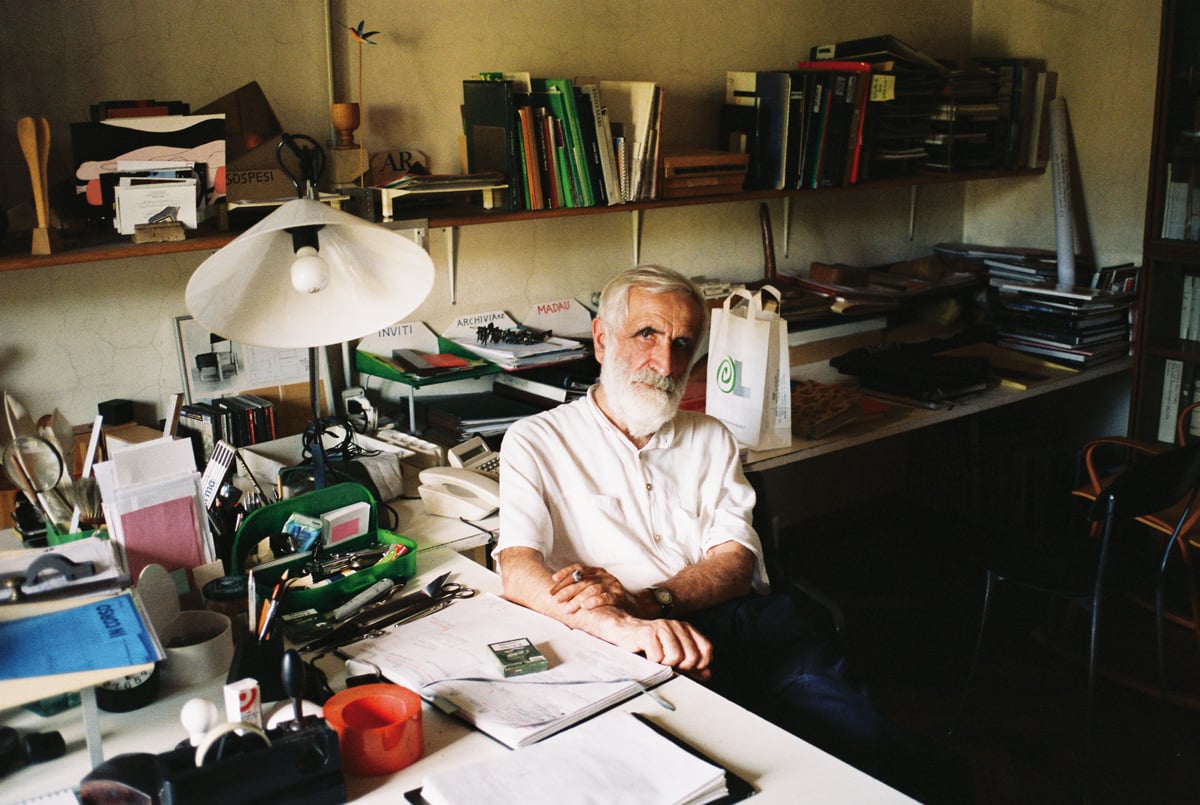
 close
close

